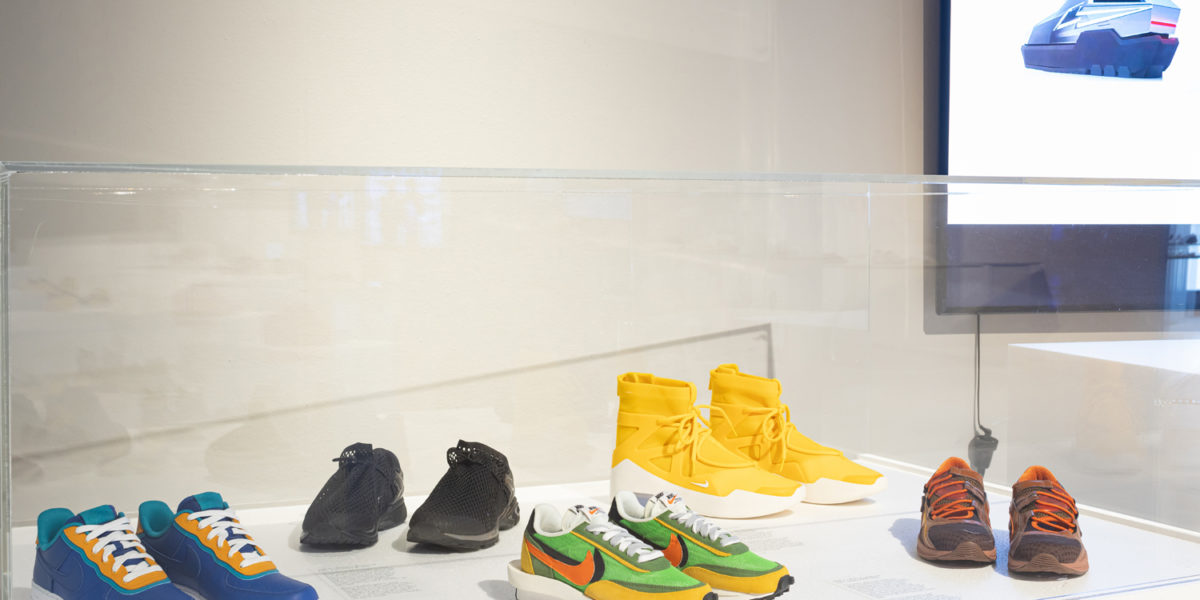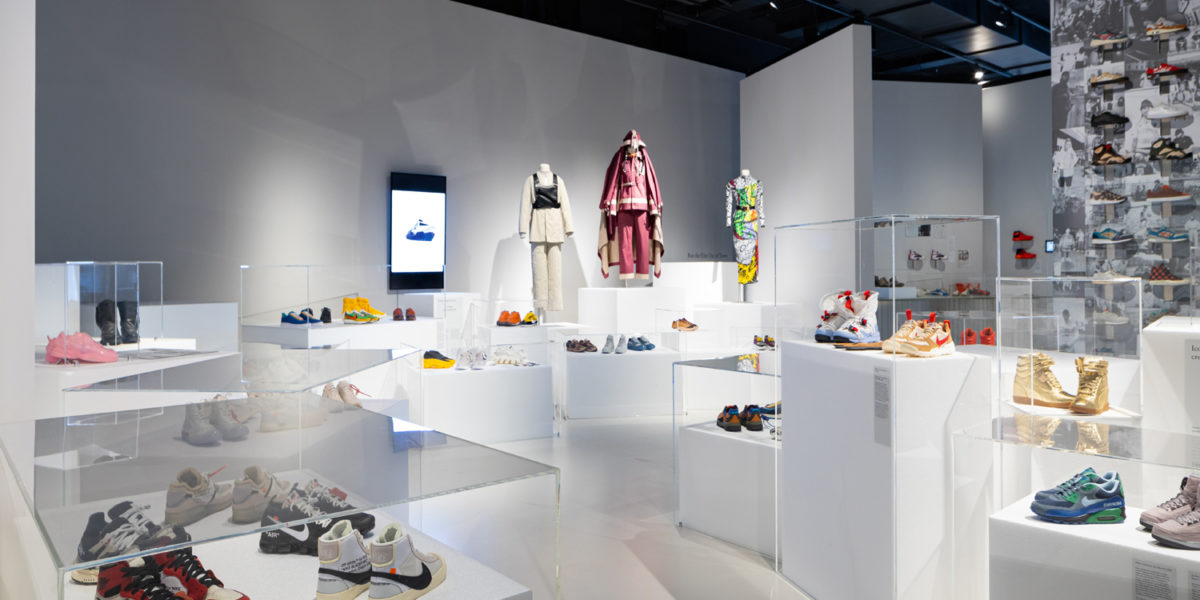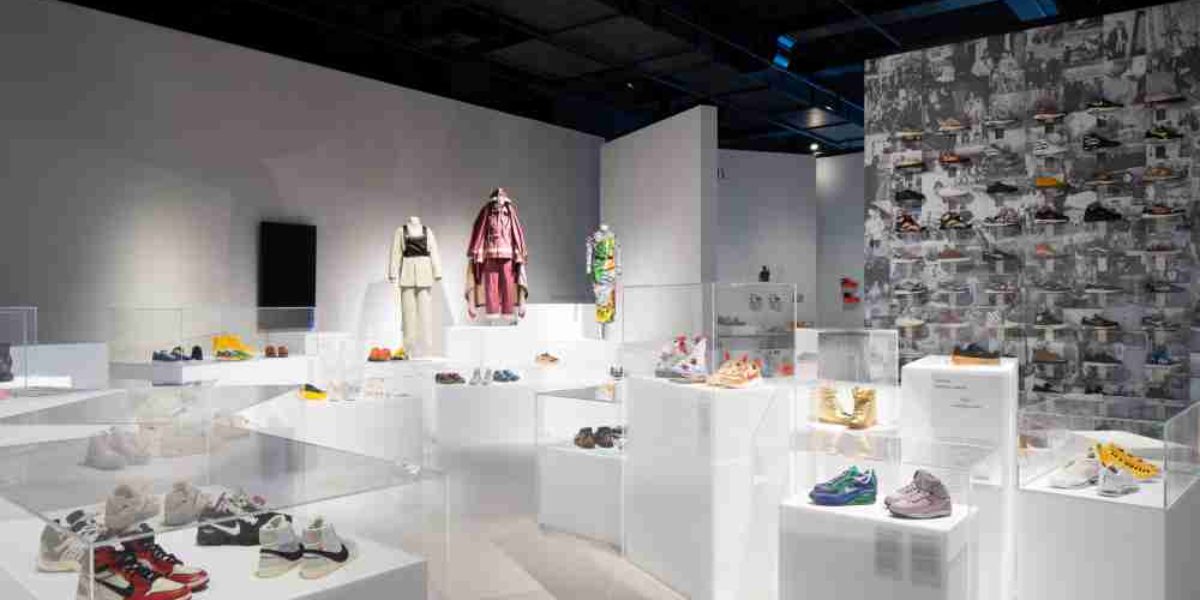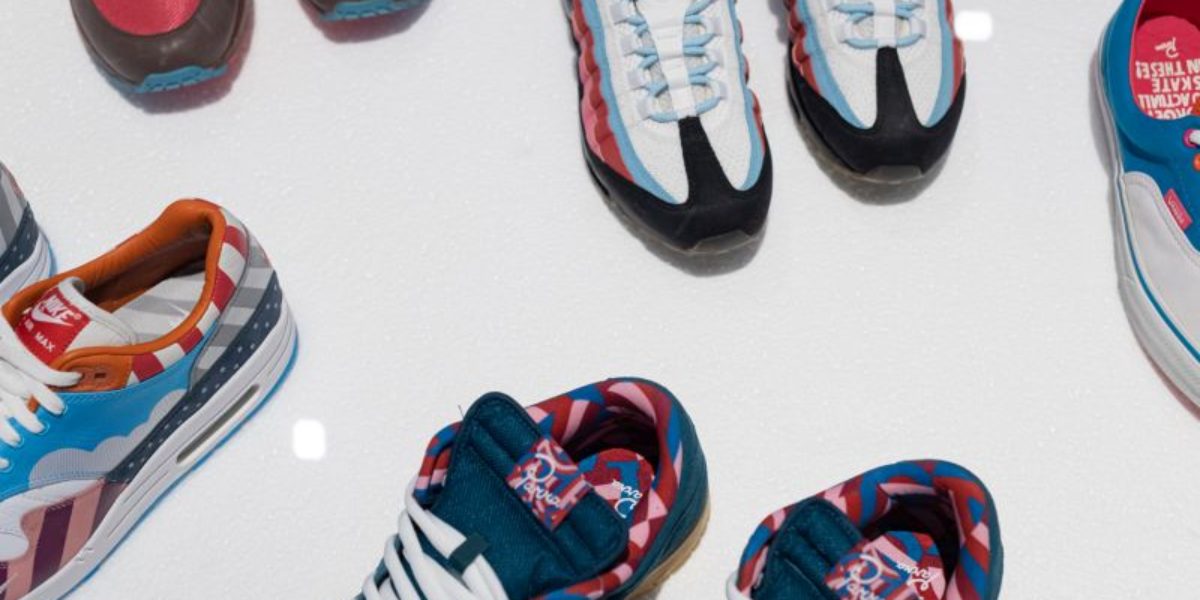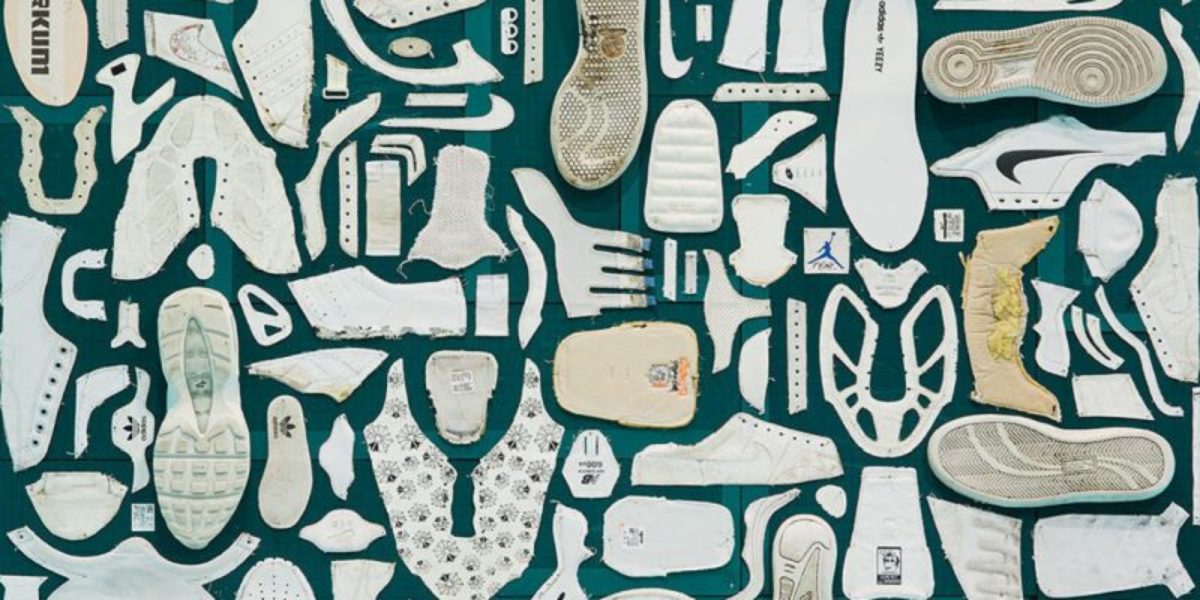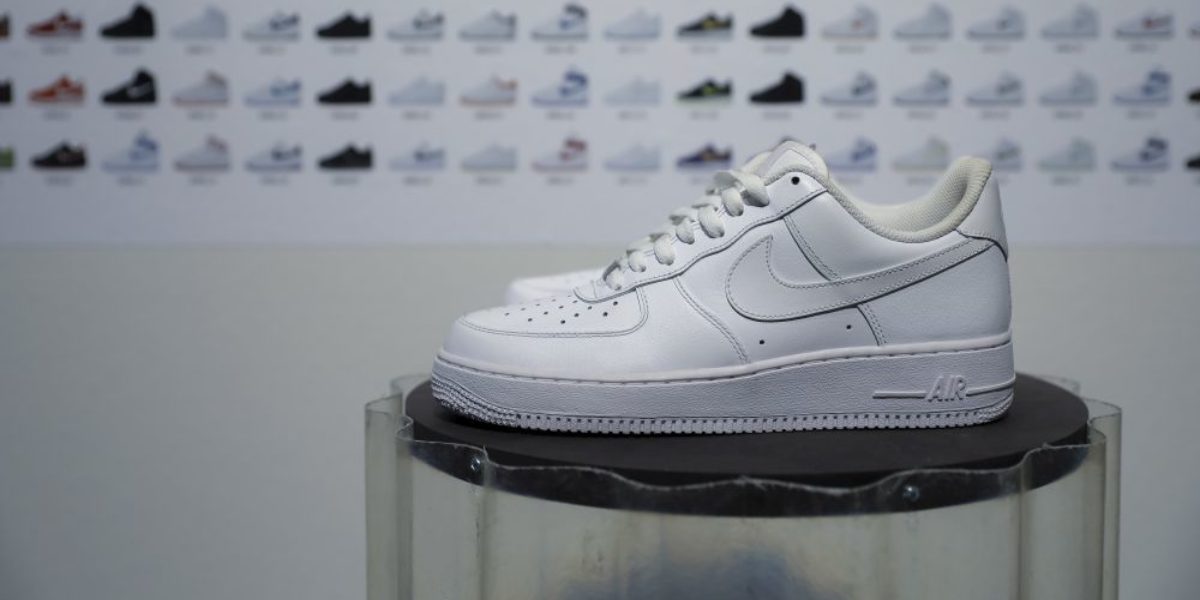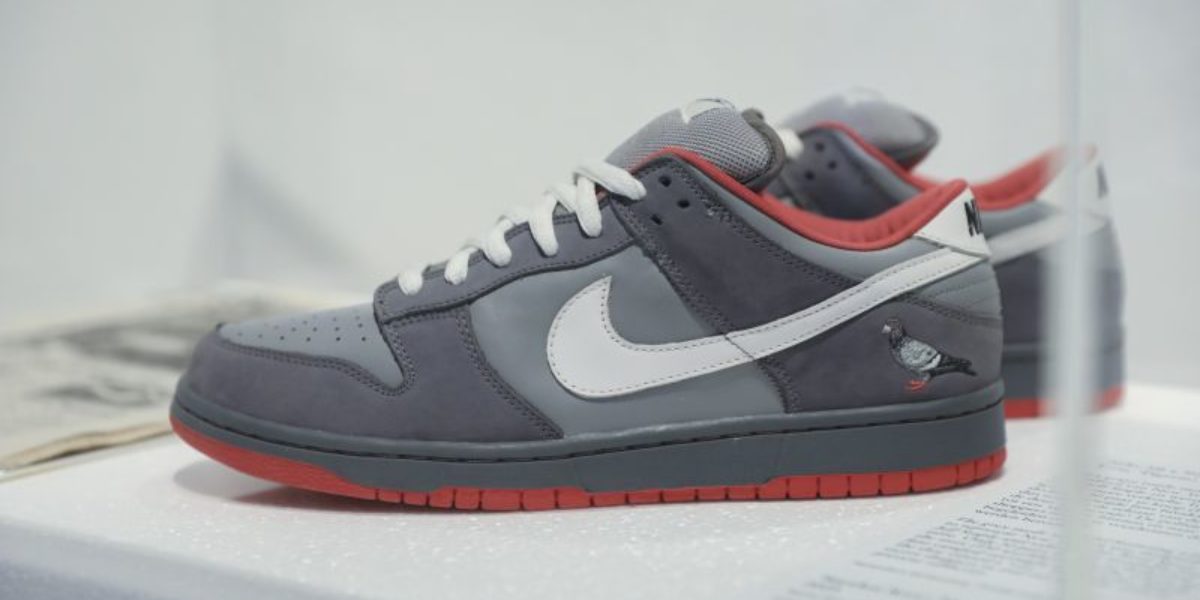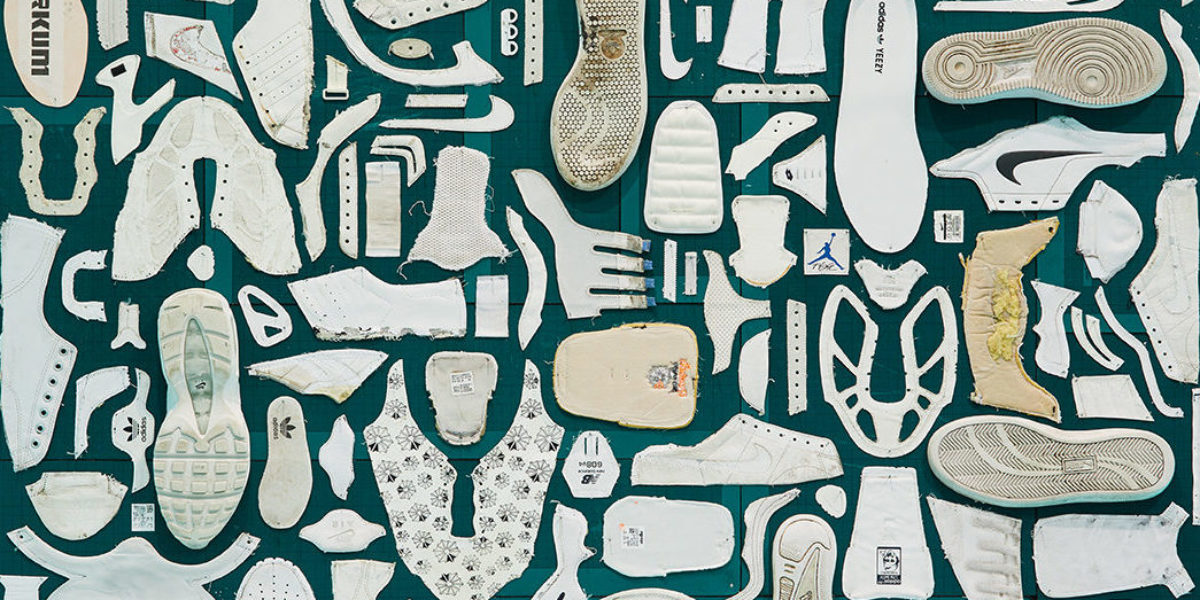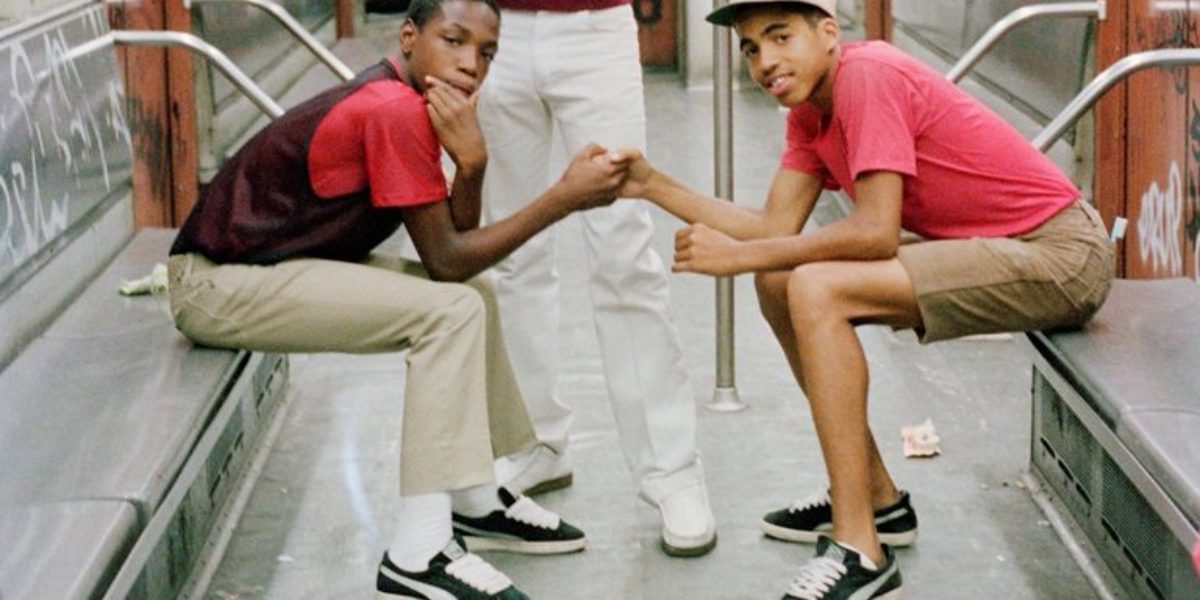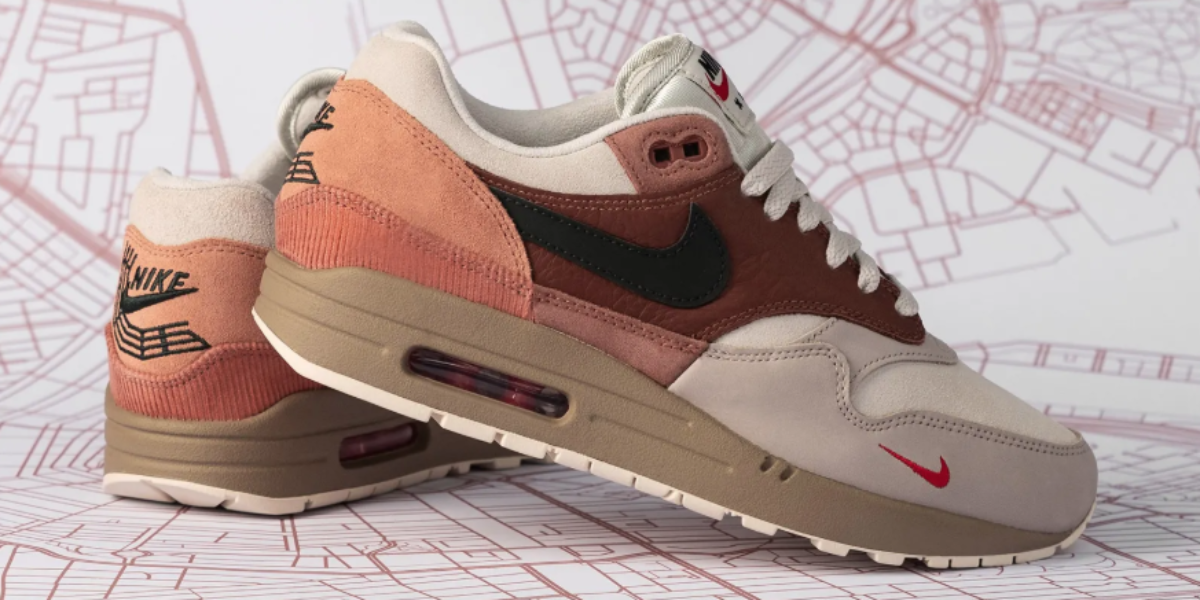How our trainers are running the world into the ground
This article by Pepijn Keppel was previously published in the Dutch newspaper Trouw under the title ‘We rennen de wereld stuk met onze hardloopschoenen, en niemand heeft het door’ on Thursday 19 May 2022, as part of a series on the tension between sport and sustainability.
A few beats faster, trendier colours, a few grams lighter, better cushioning, price – that’s what you think about when choosing a new pair of running shoes. Understandably so: surely a pair of trainers can’t have that much of an environmental impact?
If we’ve learned anything in this series of reports, it’s that sporting goods aren’t made with sustainability in mind. Manufacturers think chiefly in terms of profit rather than loss, and certainly not the loss suffered by the planet. The same goes for the maker of your state-of-the-art sneakers.
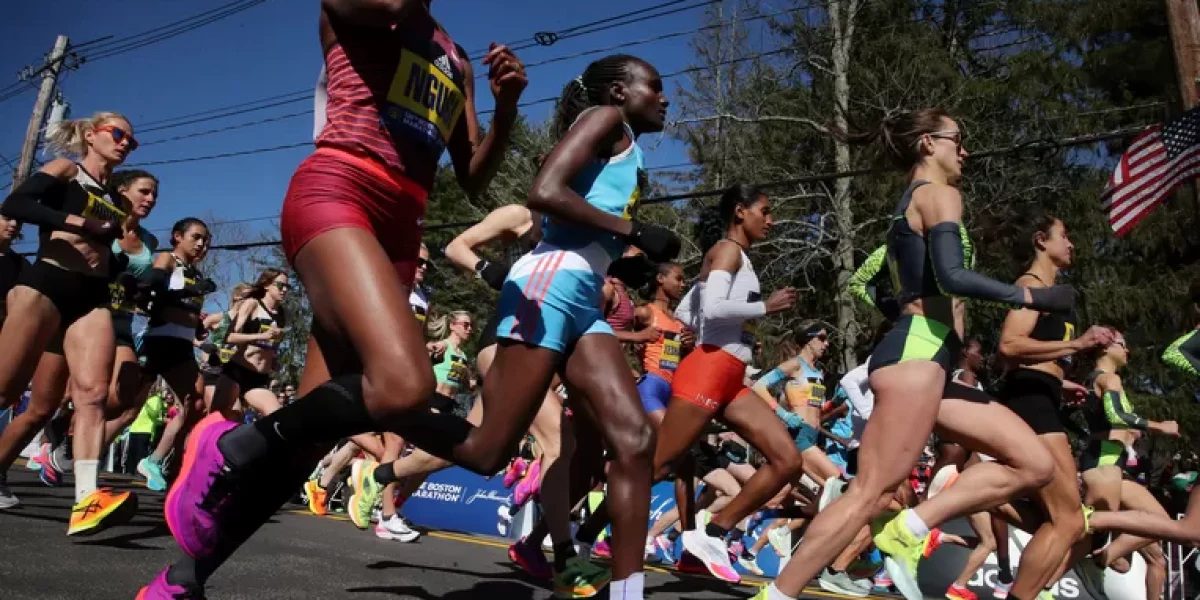
Star of the Boston Marathon, in april 2022. © Getty Images / Image via Trouw.
Greenhouse gases
According to an academic study published by the Massachusetts Institute of Technology (MIT), 12.5 billion pairs of running shoes are produced every year. Of these, the data website Statista reports that roughly 500 million pairs a year are actually sold. One shoe often consists of over 65 different components made from 26 materials and assembled in 360 steps. Large-scale pollution is inevitable.
Total emissions from a single pair of brand-new running shoes amounts to about 14 kilos of CO2, enough to power a 100-watt light bulb for a week. That might not sound like a big deal, but it is a frighteningly high figure, the MIT researchers say, for a product that consumes no energy. And don’t forget the immense scale: producing 12.5 billion pairs of running shoes a year equates to 12.5 billion light bulbs left burning.
Most of the greenhouse gases are emitted during production: up to 68% of the total. They are primarily associated with the fossil fuel needed to transport raw materials and the electricity powering the machines in the factories, often based in China. Many of these factories, the MIT reports, are run on coal-fired electricity.
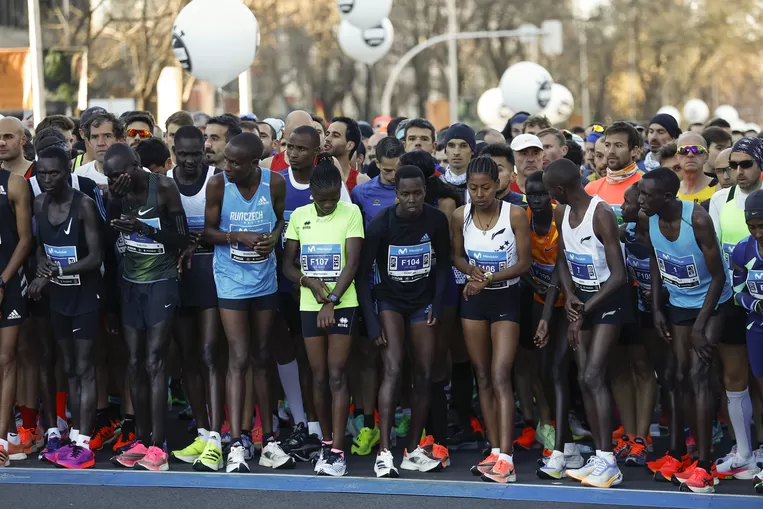
Start of the Madrid Marathon. © ANP / EPA / Image via Trouw
Most of the remaining CO2 emissions come from the plastics from which the shoe is made, including polyester and polyurethane, likewise derived from fossil fuels. On average, roughly a third of all the material entering a factory never ends up in a shoe, but is immediately designated as waste and dispatched to a landfill. Something similar applies to every production process, by the way. It was revealed earlier in this series that between 50 and 70% of the material needed to produce surfboards doesn’t actually make it into a board. So things could be worse.
Breakdown
When you’re actually out running, meanwhile, you occasionally slip or stub your toe, your soles wear out. In the process, particles are released into nature – an average of about 2 grams per shoe per year. Researchers from a South Korean university published a scientific paper on the impact of this at the beginning of 2022. It showed that the particles can cause mutations in zebrafish, which are widely used in laboratories to test health impacts on humans because of their genetic similarity to us. This is shocking, even if the likelihood of actual deformities is slim.
As is the case with other sporting goods made using fossil fuels, the biggest issue is with disposal after use. Gluing together 65 individual parts made of 26 different materials makes recycling virtually impossible. Research estimates vary, but according to the MIT, at least 80% of discarded shoes end up in landfills forever. And the fate suffered by the rest isn’t much better, as they disappear into incinerators.
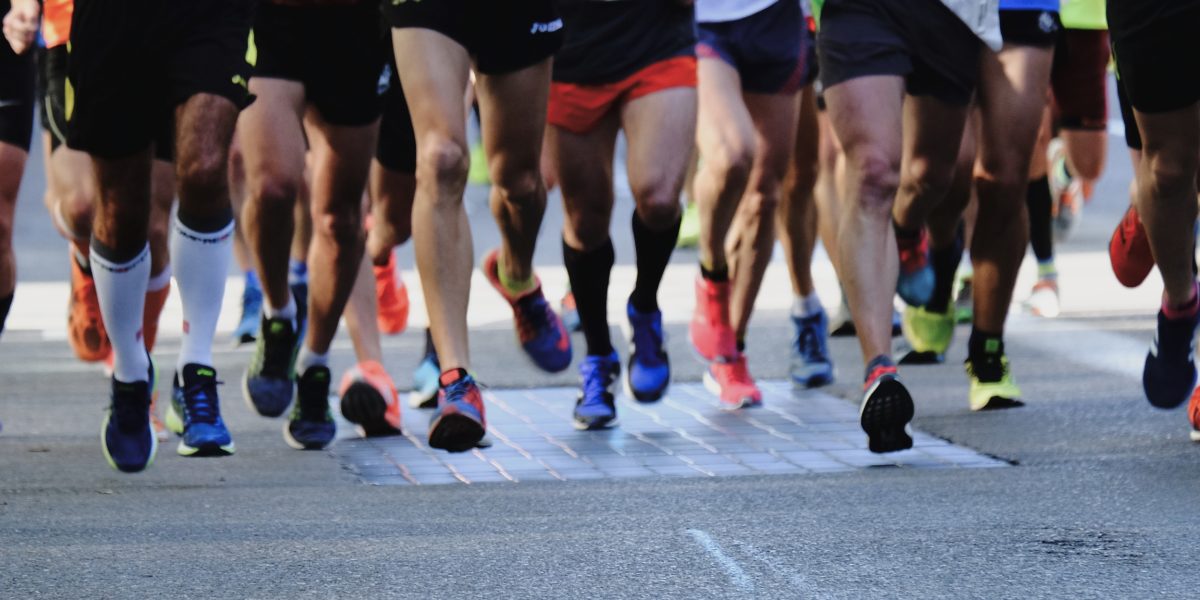
Runners at a marathon, 2021. Photograph via Unsplash
Bright spots
There are some bright spots too. The environmental impact of running shoes can be drastically reduced by making them from reusable, sustainable and less toxic materials. Use of fewer and lighter materials, for instance, is already enough, the MIT scientists calculate, to reduce emissions by 20%. The biggest gains, however, can be achieved in the factory, by using renewable energy rather than coal.
The Adidas and Allbirds brands responded by launching a running shoe last year with the lowest ecological footprint to date: less than three kilos of CO2 per pair. Other manufacturers have similar projects, the Swiss company On and their French counterparts Salomon among them. They don’t have much choice because consumers are demanding a sustainable alternative.
It’s a start, but manufacturers still have a long way to go. Recent research published in the journal Scientific Reports shows that athletes who run a marathon wearing the Vaporfly – a super-shoe from Nike with a carbon-fibre plate – average 1% faster finishing times. One percent in sport represents the difference between winning and losing, between running a marathon below the two-hour mark or just above it. So long as more sustainable shoes can’t match that level, polluting factories will keep operating. Until then green trainers will continue to lose out to rivals that are fossil-based. Until then, we will continue to run the world into the ground without anyone noticing.
Even if everyone switched to more sustainable shoes tomorrow, the infrastructure to collect and recycle them isn’t in place. Adidas’ more sustainable running shoe will also wind up in due course in a landfill or an incinerator. And if the necessary infrastructure does one day exist, recycling will still probably not be possible, as those shoes too are made of lots of different materials and the technology to separate them effectively has yet to be rolled out on a large scale. So, for the time being, recycling remains a promise that can’t be kept. Even if those sustainable shoes do make us feel better.
Postscript:
The original version of this article stated that 25 billion pairs of running shoes were produced each year. This has been revised to 12.5 billion pairs, based on an academic study published by the Massachusetts Institute of Technology (MIT). The number does not tell us everything about the total amount of running shoes sold. According to the data website Statista, that figure is 500 million pairs a year. The impact is thus lower than the original comparison with 25 billion light bulbs: this too should be 12.5 billion.
Pepijn Keppel (1996) is a writer, former elite athlete, environmental scientist and freelance journalist writing for publications including Vrij Nederland, De Groene Amsterdammer and Trouw. He is interested in the intersection between two seemingly separate worlds: in this instance those of climate and sport.
